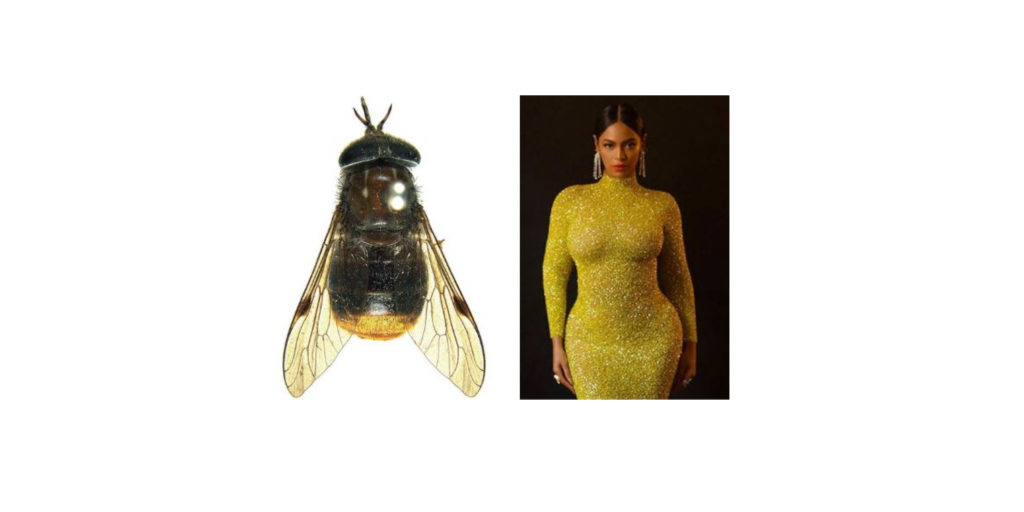
Démarche scientifique
28/08/2025
Scientific names: between seriousness, humor, and low blows
Since the 18th century, scientists have given every living species a scholarly Latin name. But behind these sometimes austere labels lie funny stories, tributes, petty rivalries… and even a few nods to pop culture!
